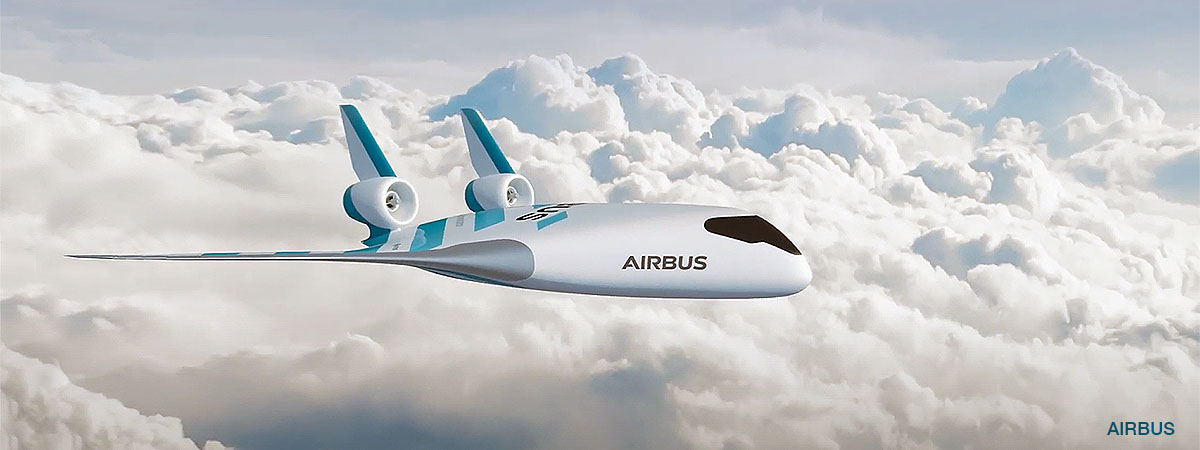An aeronautical prototype is a system developed specifically to test, both on the ground and in flight, the new functionalities to be implemented in mass produced aircraft, thus demonstrating the new capabilities of or knowledge acquired about a specific technology. Although it is not necessary to meet all of the certification process requirements for a flight permit, it is imperative to ensure flight safety within the required margins.
Creating prototypes of aircraft, or parts of them, is essential for simplifying processes, checking performance, improving safety and reducing costs.
The main objective of prototyping is none other than to simplify processes and requirements, adjusting them to concrete needs, in order to reduce aircraft delivery time and manufacturing costs.
Keep in mind that even though developing prototypes gives a company unprecedented knowledge in new fields and about new products, sometimes some developments are unsuccessful in their first tests and quick, simple modifications and redesigns are necessary.
In order to develop a prototype, it is essential to have a multidisciplinary team with genuine cohesion between the different areas: design, production, purchasing, marketing etc. This is because the team must be able to respond quickly should it be necessary to make changes, even at advanced stages in the prototype development; they need to be able to adapt efficiently in what could be very rapidly changing circumstances.
Given the nature of innovation and development of this type of project, which frequently requires a high number of “trial and error” cycles in order to obtain adequate solutions, the project’s agility will depend to a great extent on the level of autonomy the specialists are able to have, as well as their experience resolving problems that arise. It’s necessary for all personnel involved to work as a team with a continuous flow of information.
This team must be able to handle activities such as predesign, preliminary calculations, development of prototype specifications, laboratory testing activities or support for work on the aircraft, thus forming a high-performance team. The design process must adapt to the project’s volume, and information must flow between all members simultaneously, which highlights the importance of continuous face-to-face communication between all team members in order to shorten timeframes that would usually occur more sequentially.
The processes and requirements applicable to mass produced aircraft involve an excess of work for a prototype and must be minimized as much as possible in order to reduce manufacturing costs and delivery times, adjusting tasks to concrete needs. It’s necessary to reduce red tape, bringing design and manufacturing techniques down to industrial levels.
Prototypes are developed in order to achieve a functional demonstration of a new technology. For this purpose, provided that flight safety is guaranteed and taking the corresponding precautions, it’s possible to use materials or equipment that are not qualified for flight or industrial use; the specialists are responsible for validating the use of these components, with the limitations they deem appropriate.
In order to speed up a prototype’s development, it’s preferable to use components that are already developed whenever possible, even if their design is not optimal for industrial manufacturing of the product, as long as they meet the needs of the test being carried out, validating the functionality.
Finally, continual attention to excellence and good design are a must; and it is essential to opt for simplicity in order to achieve complete functionality in the least time possible to keep costs down.



